Volkswagen ID.4 GTX review: More power but at a price

 PUBLISHED ONAugust 28, 2024 7:14 AMByBen Chia
PUBLISHED ONAugust 28, 2024 7:14 AMByBen ChiaVolkswagen are relative latecomers to the electric vehicle (EV) game in Singapore, but they are trying to make up for lost time by launching a whole slew of them at one go.
The brand held a massive EV showcase back in May, featuring a clutch of upcoming electric models that they will be launching here. Among them are the sleek ID.7 executive fastback, as well as the exciting ID. Buzz van that's inspired by the classic Volkswagen campervans of yore.
Those models will make their official debut in Singapore sometime next year, but in the meantime, the first electric Volkswagens to go on sale here are the ID.4 and ID.5 crossover SUVs, along with their high-performance equivalents, badged GTX. We take the ID.4 GTX out for a spin to see what it has to offer.
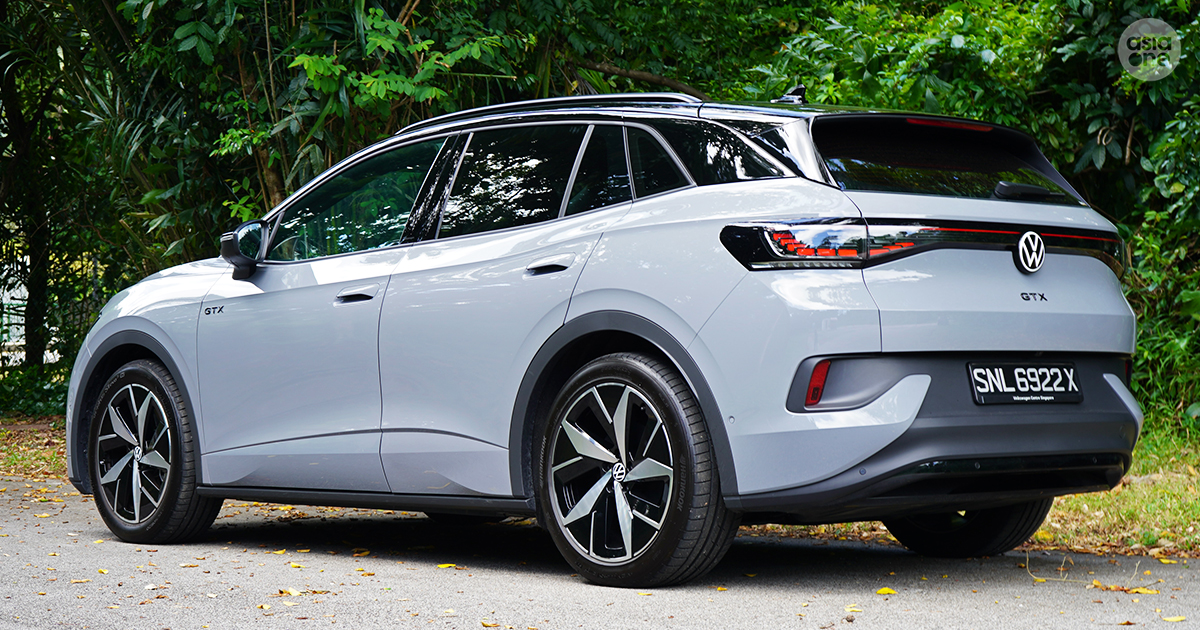
Volkswagen uses the ID name for its electric cars and, with the exception of unique, genre-defying models like the ID. Buzz van, most of them will be tagged with a number.
ID.1 to 3 will be hatchbacks, while ID.4 to 6 will be crossover SUVs, with ID.7 being a large fastback sedan as mentioned earlier. The number roughly correlates to their size relative to each other, although the ID.5 is really just a sleeker version of the ID.4.
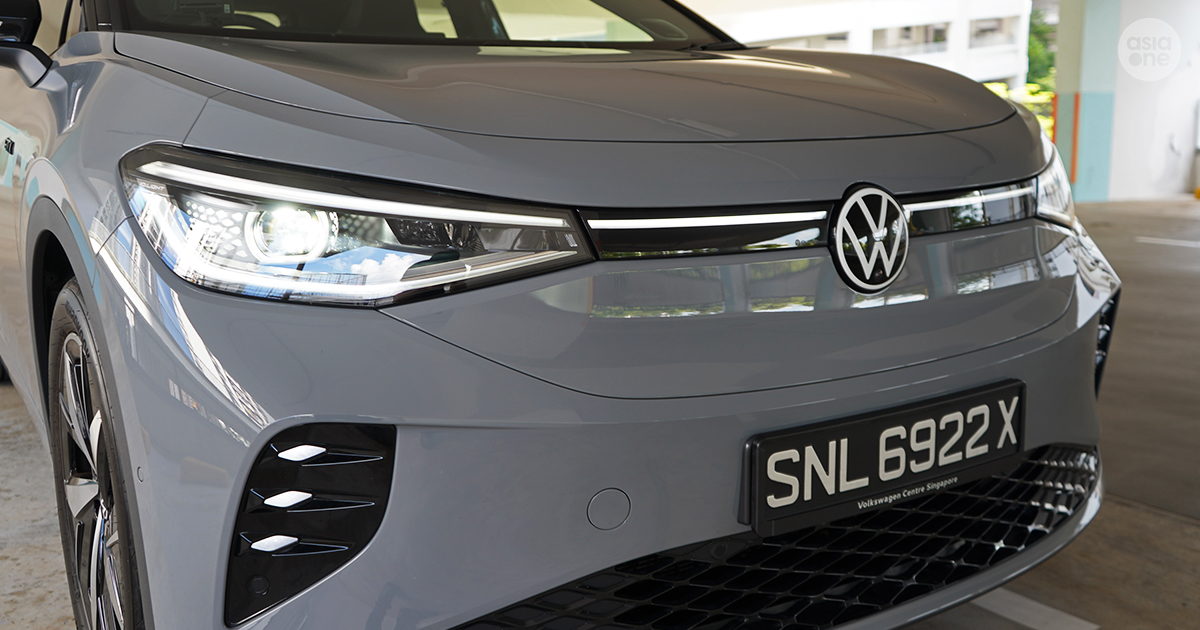
The ID.4 is roughly equivalent to the Tiguan SUV in Volkswagen's internal combustion engine (ICE) lineup, which gives you an idea of where it sits in the range. As such, the ID.4 is expected to be the main electric SUV offering that will appeal to the widest audience, given its position right in the middle of the lineup.
GTX meanwhile is supposedly analogous to the GTI badging that Volkswagen uses for its performance ICE models, so it brings with it some expectation of an exciting drive. It's a high bar to live up to, especially for an electric SUV, which is not normally a car that you associate with high performance.

Objectively, yes. The ID.4 GTX is powered by two electric motors (one at each axle), and they combine to produce 335hp and 545Nm of torque. This allows the car to go from 0-100km/h in 5.4 seconds, which are highly impressive figures for quite a large SUV.
But then you look at the regular ID.4, and realise that it is no slouch itself. Despite having only one motor powering the rear wheels, it manages to produce the same 545Nm of torque, as well as 282hp, which is not a huge drop from the GTX. 0-100km/h comes up in 6.7 seconds, which is not too shabby as well.
On paper, the ID.4 GTX does seem like it has the performance chops to rival some sports cars. But in truth, it doesn't feel very much different from any other mildly powerful EV, or even its lesser-powered sibling. The power comes in smoothly and without drama, and while you can get up to speed fairly quickly, the GTX doesn't deliver any sort of excitement on the way there.
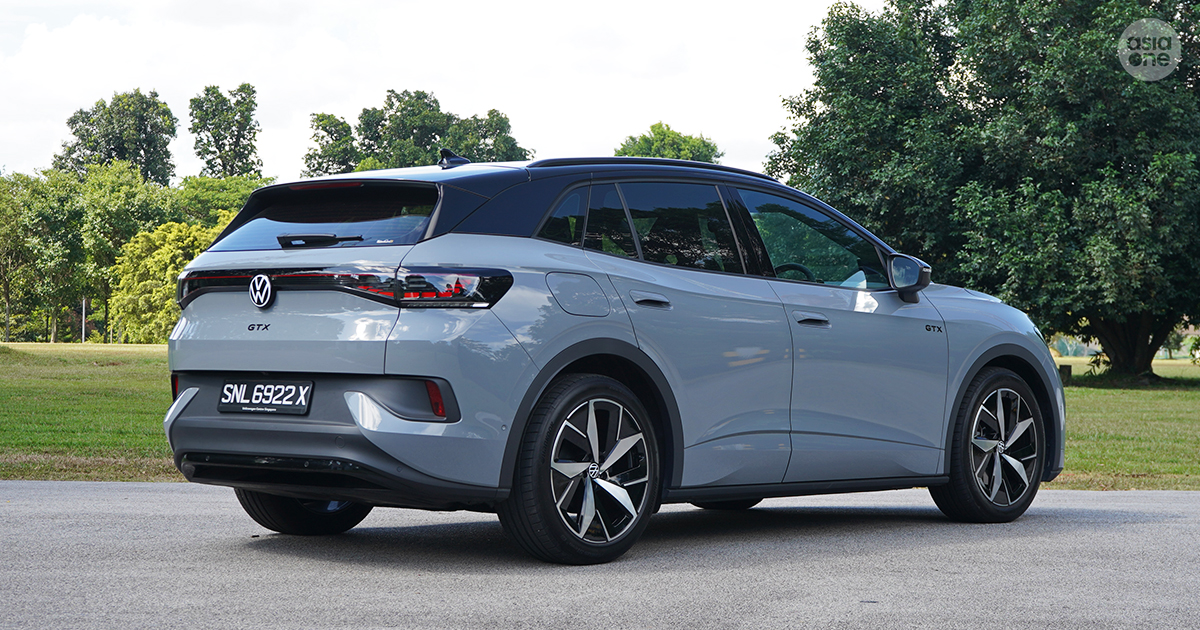
Not really. There's only so much enjoyment you can derive from driving a heavy electric SUV, and the best description of the ID.4 GTX's driving manners is just 'okay'.
The steering is light and lacking in feel, while the sports suspension feels overly firm, resulting in a confusing and contradictory driving experience, being neither sporty nor comfortable. The car seems most at home cruising on the highway, but it doesn't particularly like bumpy roads where it tends to get unsettled.
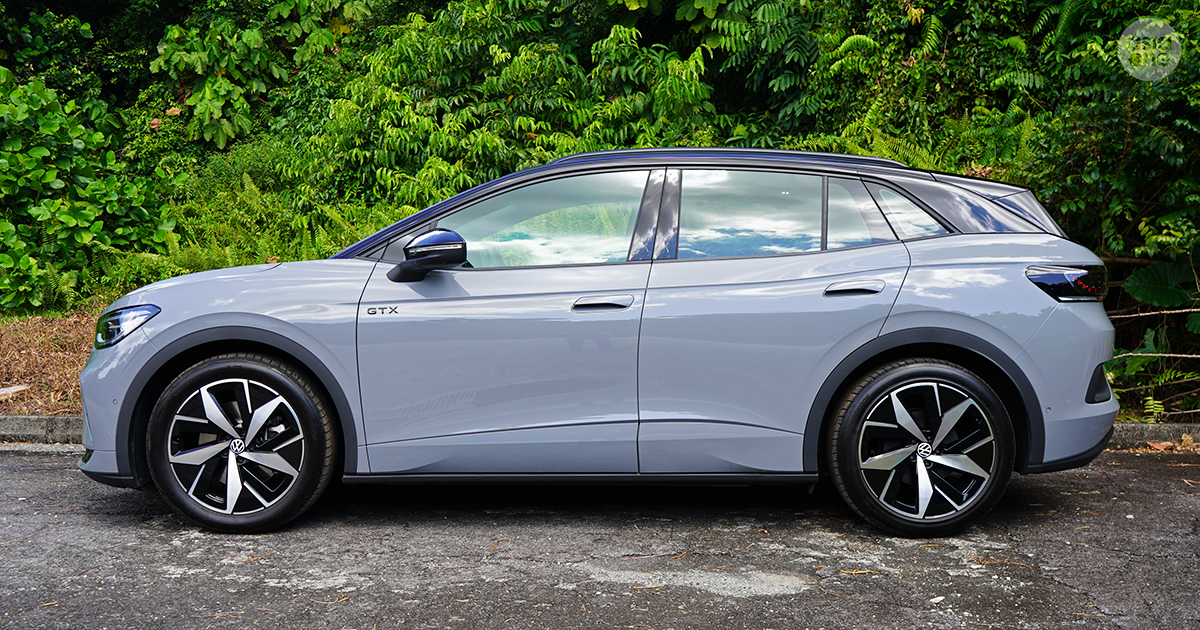
To its credit though, the dual motor setup does bring about one tangible benefit, in the form of increased traction from the power being sent to all four wheels, as opposed to just the rear wheels on the standard ID.4. The GTX does feel more planted and stable, especially when the roads are wet or slippery, but it doesn't contribute to much excitement.

Carrying two motors on board also means that the GTX, while more powerful, is also heavier and less efficient than the standard car, with both using the same 82kWh battery.
The range is rated at 515km for the GTX, compared to 550km for the regular ID.4, and it does give one reason to pause and consider as to whether the trade-off for more power in exchange for less range is worth it.
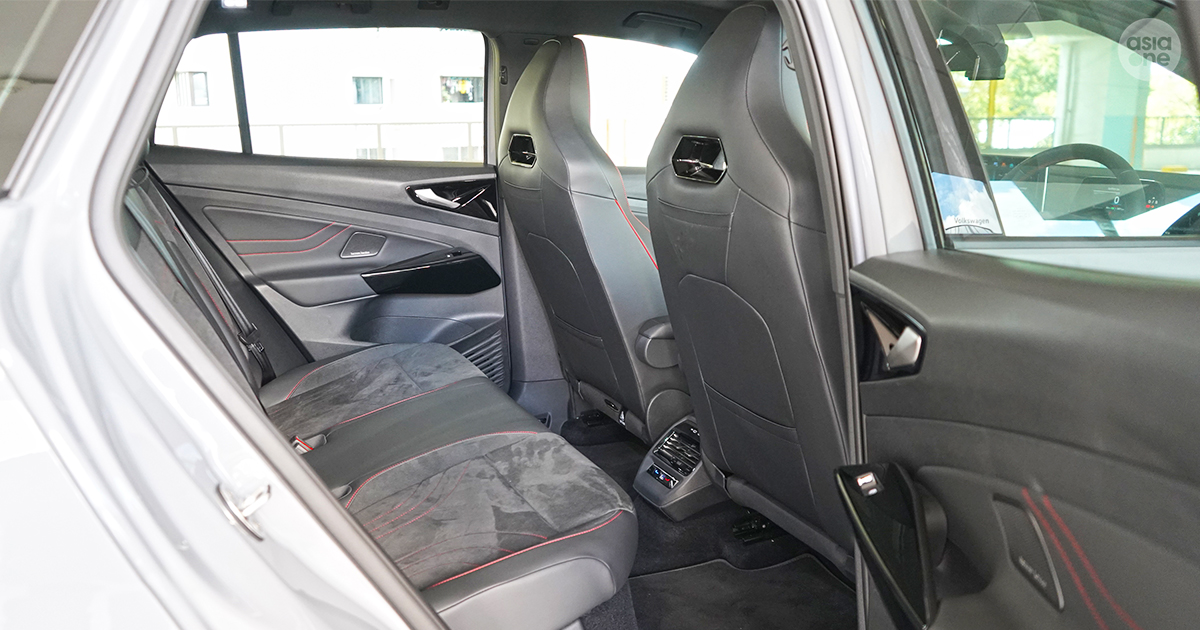
Somewhat. The car's size means that you get a rather spacious interior, along with a generous 543-litre boot. There are also lots of storage spaces throughout the cabin, and numerous chargers (wired and wireless) peppered around the interior to keep your devices fully juiced up.
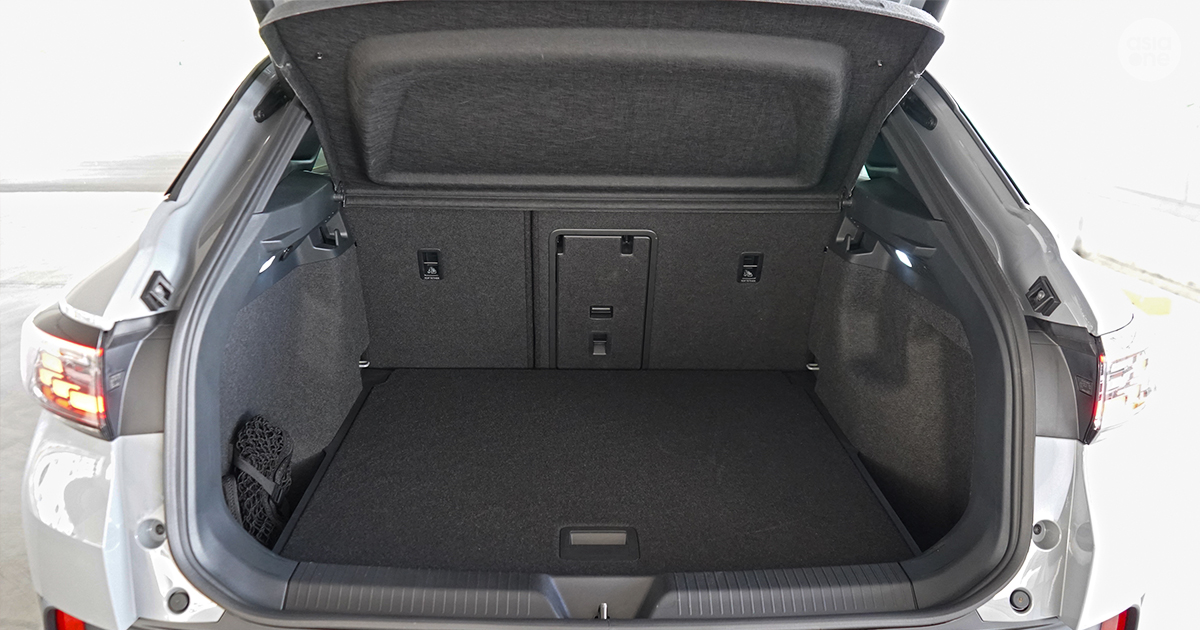
At the same time, several quirks that make the ID.4's interior somewhat annoying to be in. For instance, Volkswagen seemed to have taken the Tesla approach and made almost all major functions accessible via touchscreen only.
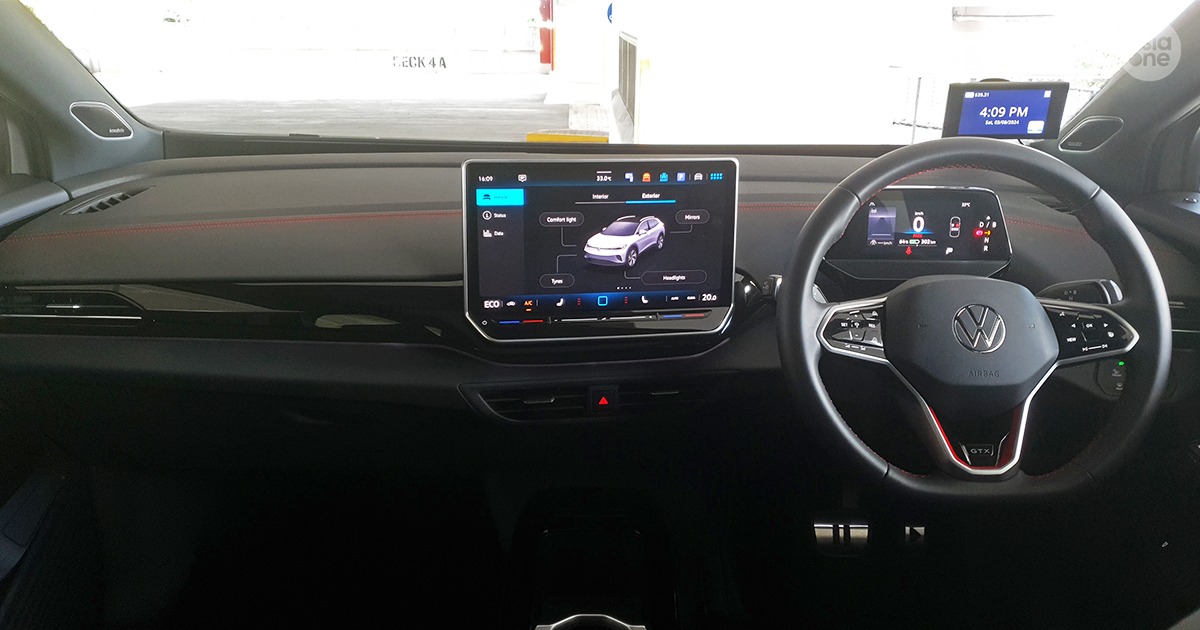
To be fair, the screen is a fairly large 12.9-inch unit, and it is slightly more user-friendly than most. But it still proves to be a bit distracting to operate on the move.
There are haptic-touch controls on the steering wheel for some functions, and a touch-sensitive slider below the screen to adjust the temperature. However their level of sensitivity tends to be erratic, and they are not as precise as physical controls.
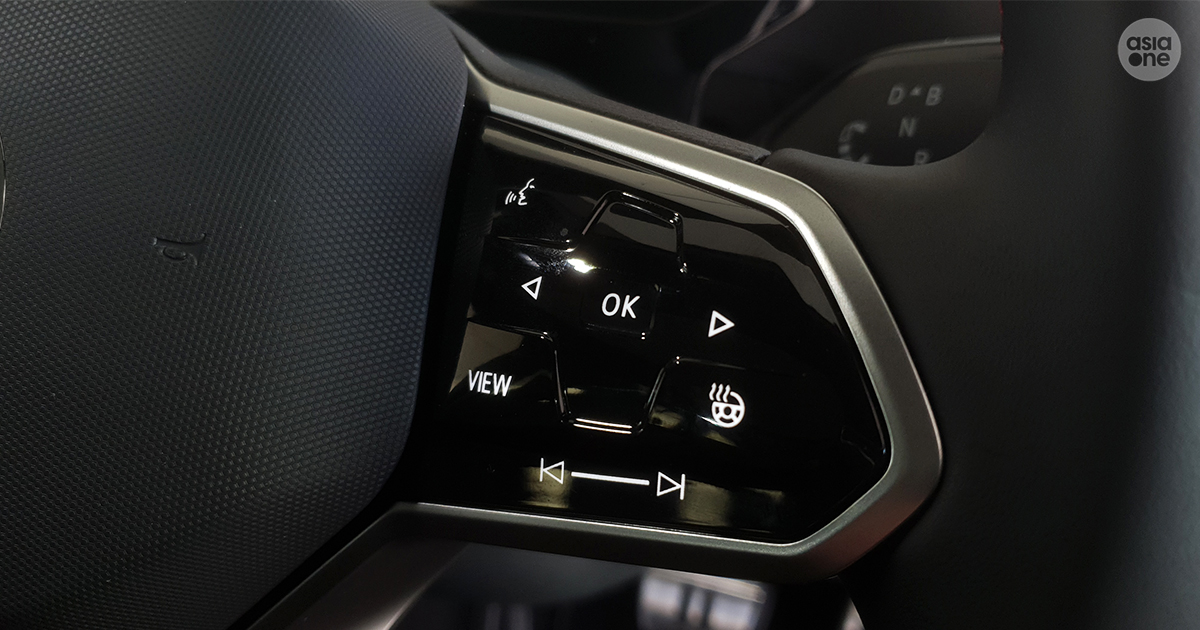
The car also lacks wireless Apple CarPlay/Android Auto, which seems like a travesty in this day and age. As well, Volkswagen has somehow deemed it fit to programme the car to switch itself off whenever you lift your butt from the driver's seat, which becomes irritating after a while.
At least it does look somewhat sporty, with a few upgrades over the regular ID.4, such as the velour sports seats with GTX embossing, a high-end Harman Kardon sound system, and a panoramic sunroof. Externally, the GTX is subtly differentiated from the ID.4 through its sportier bumpers, black roof rails, and 20-inch wheels.

That depends on how much value you place on the GTX badge, and how badly you want a moderately fast, four-wheel-drive electric crossover.
For the most part, the regular ID.4 offers more than enough to cover 90 per cent of what the GTX does. The power increase doesn't feel like a significant upgrade, while you pay the price in terms of reduced range, and of course, a more expensive price tag. As of August 2024, the regular ID.4 is retailing for $225,900 with COE, while the ID.4 GTX costs $245,900 with COE.

The only noticeable advantage the GTX holds over the ID.4 is the increased traction from the dual-motor four-wheel-drive setup, but it's only useful in limited applications as we don't have slippery roads all year round. Other than that, you're probably much better served by saving your 20 grand and going for the standard ID.4.
ALSO READ: Audi Q4 Sportback e-tron review: Audi's smallest electric SUV offers good value
benjamin.chia@asiaone.com
No part of this article can be reproduced without permission from AsiaOne.